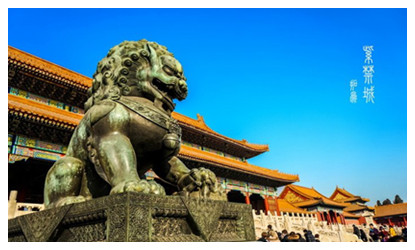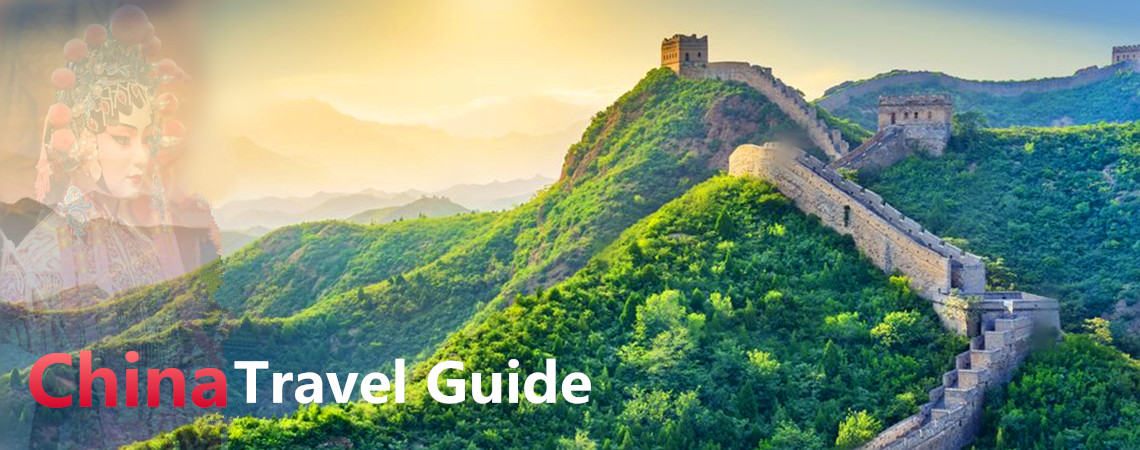- Home
- Travel In China > China Travel Guide >
China Climate

China lies mainly in the northern temperate zone under the influence of monsoon.In China, a vast land spanning many degrees of latitude with complicated terrain, climate varies radically. China has a variety of temperature and rainfall zones, including continental monsoon areas. In winter most areas become cold and dry, in summer hot and rainy.
Five Temperature Zones in ChinaChina experiences a complex and varied climate. Most parts of the country lie in the northern temperature zone and subtropical zone and belong to the eastern Asia monsoon climatic area. In winter, the climate is cold and dry and the temperature difference between the south and the north can be forty degrees centigrade, while in summer temperatures are high, it is the rainy season and temperature differences are small. However precipitation varies from 1,500 mm in the southeast to less than 50 mm in the northwest. The extremely high mountainous regions have constantly cold weather and the Qinghai-Tibet Plateau has a unique plateau climate, with a variety of mineral elements and abundant water resources.
Cold-Temperate Zone: north part of Heilongjiang Province and Inner Mongolia (Representative city: Harbin)
Mid-Temperate Zone: Jilin, northern Xinjiang, and most of Heilongjiang, Liaoning, and Inner Mongolia (Representative cities: Beijing, Shenyang, Dalian, Urumqi, Hohhot, Dunhuang, Lanzhou)
Warm-Temperate Zone: area of the middle and lower reaches of the Yellow River, Shandong, Shanxi, Shaanxi, and Hebei Province (Representative cities: Xian, Taiyuan, Luoyang, Jinan, Qingdao, Zhengzhou)
Subtropical Zone: South of isotherm of Qinling Mountain-Huaihe River, east of Qinghai-Tibet Plateau (Representative cities: Shanghai, Guangzhou, Hong Kong, Macau, Guilin, Hangzhou, Suzhou, Kunming, Dali, Lijiang, Chengdu)
Tropical Zone: Hainan province, southern Taiwan, Guangdong, and Yunnan Province (Representative cities: Haikou, Sanya)
Plateau Climate Zone: Qinghai-Tibet Plateau (Representative city: Lhasa)
Best time to visit China
China can be visited through out the year because of the stretch of its territories and sites and activities it can offer. Deciding when to visit China depends on which places you wish to visit, what type of weather you enjoy, and how much a bargain you want. China is a huge country with many different climates and types of landscape. Think of it in terms of the United States, which China resembles in size and shape. Traveling along the Golden Route (Beijing, Xian, Shanghai, Guilin) ,Zhangjaijie is like visiting New York, Chicago, Santa Fe, and Jacksonville, Florida all in one trip.
April,May,September and October are the peak tourist months at China’s most popular destinations when the weather is the most comfortable. Prices drop a bit in the shoulder season, which runs from November through March and from June through August. However, the winter months are peak season for trips to China’s Hainan Island and to the Northeast Harbin for its world-famous ice-lantern festival. This months are also packed with New Year holidays, Chinese Spring Festival and other national or local happy fairs. Summer months are great time to explore China’s Far East-Manchuria.
Prepare clothing on Your trips to China
Spring: 10-22°C, Western suits, jackets, sports coats, woolen jackets, long sleeve shirts and travel shoes.
Summer: 22°C and above, T-shirts, short sleeve shirts, skirts, sandals, caps, rain wear.
Autumn: 10-22°C, Western suits, jackets, sports coats, light woolen sweaters, rain wear and travel shoes
Winter: 10°C or lower, overcoat, cotton clothes, lined coats. In very cold areas a cap, gloves and cotton-padded shoes are required.

 China lies mainly in the northern temperate zone under the influence of monsoon.In China, a vast land spanning many degrees of latitude with complicated terrain, climate varies radically. China has a variety of temperature and rainfall zones, including continental monsoon areas. In winter most areas become cold and dry, in summer hot and rainy.
China lies mainly in the northern temperate zone under the influence of monsoon.In China, a vast land spanning many degrees of latitude with complicated terrain, climate varies radically. China has a variety of temperature and rainfall zones, including continental monsoon areas. In winter most areas become cold and dry, in summer hot and rainy.
 Ask Questions ?
Ask Questions ?